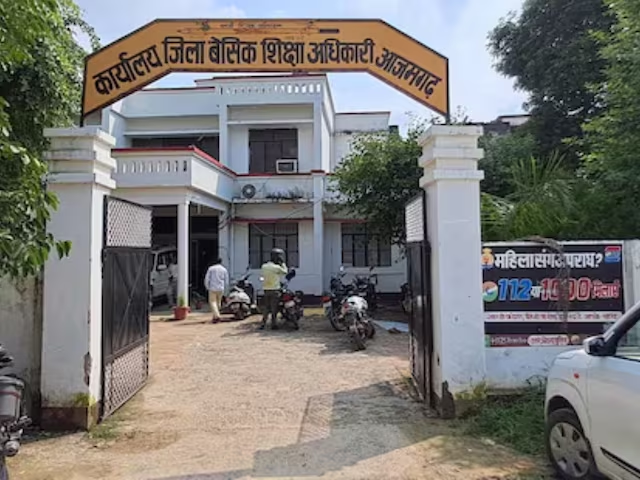Did you know that numerous schools in Azamgarh are struggling without access to electricity? The Indian education system faces significant challenges, especially concerning infrastructure. A glaring example is Azamgarh, where many schools lack this basic facility, impacting the quality of education.
In Azamgarh, there are 2,706 council schools, which include 1,724 primary schools, 438 upper primary schools, and 524 composite schools. Shockingly, 136 of these schools do not have access to electricity. This absence of power severely hampers the ability to implement modern educational tools and techniques.
The government has recently initiated a campaign to introduce technological advancements and other essential facilities aimed at enhancing the functionality of these council schools and improving educational outcomes. This move is crucial, as the lack of electricity undermines the effectiveness of smart classes and digital learning resources.
Without electricity, students are deprived of critical resources like computers and digital learning tools that are becoming increasingly essential for contemporary education. Teachers also struggle to deliver lessons effectively, especially those that rely on multimedia support. This situation not only impedes academic progress but also affects students’ motivation to attend classes regularly.
Despite repeated attempts by headmasters and block education officers to secure electricity for these schools, their efforts have not yet yielded the desired results. They have escalated the issue to higher authorities, urging prompt action. In response, the government has allocated Rs 1 crore to address the problem. However, despite these funds being transferred to the electricity department, the connections have not yet been established.
Rajeev Pathak, an education official, acknowledged that while progress has been made in providing electricity to many schools, some are still waiting for the necessary facilities. He noted that the tender process is ongoing and assured that electricity connections will soon be extended to the remaining schools.
This situation highlights the urgent need for effective implementation of infrastructure improvements to ensure that all students have access to the essential resources required for a quality education.











